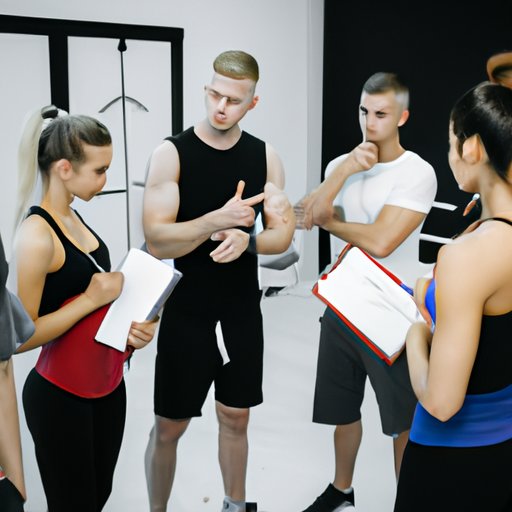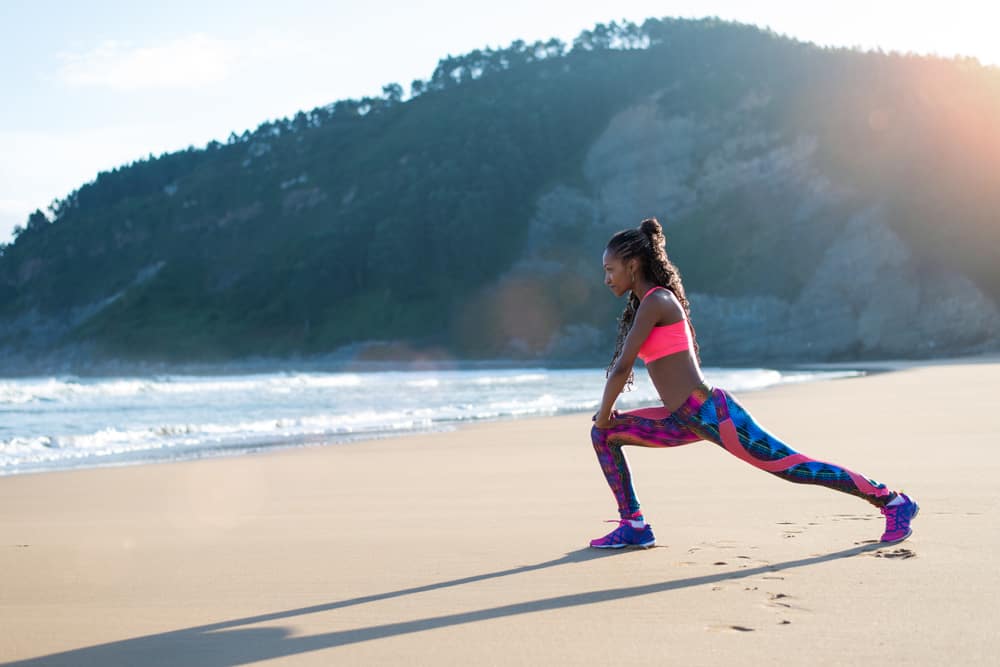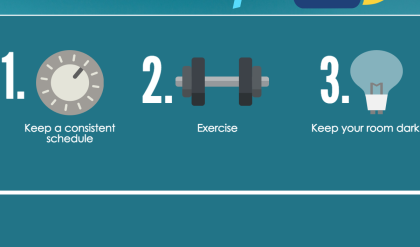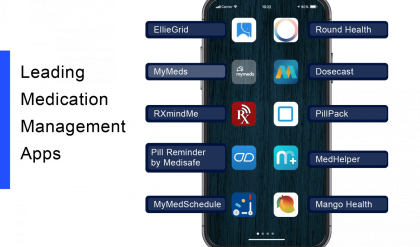
6 Easy Ways to Find Your Perfect Fitness Guru: A Guide to Reputable Instructors Near You
Finding the right fitness instructor can feel like searching for a needle in a haystack. Do you want a drill sergeant, a motivational cheerleader, or a calm, knowledgeable guide? The perfect fit depends entirely on you, and thankfully, locating a reputable instructor in your area is easier than you think. Forget endless scrolling through generic profiles – let’s unlock the secrets to finding your perfect fitness guru.
1. Harness the Power of Local Recommendations:
Forget algorithms; tap into the wisdom of your community. Ask friends, family, colleagues – anyone who seems to be thriving in their fitness journey. Word-of-mouth remains a powerful tool. A glowing recommendation speaks volumes about an instructor’s expertise, personality, and ability to create a positive training environment. Bonus points if you can actually observe a class or session – seeing is believing!
2. Leverage the Allure of Social Media:
Social media platforms, often overlooked for fitness searches, are treasure troves of local talent. Search hashtags relevant to your area and fitness goals (#yoga[your city], #personaltrainer[your zip code], #fitnessclasses[your neighborhood]). Check out instructor profiles, read reviews, and watch videos to get a feel for their teaching style and personality. Engage with their posts; you might discover hidden gems and build a connection before even attending a class.
3. Unlock the Potential of Online Directories:
Specialized online directories are curated resources for fitness enthusiasts. Websites like ClassPass, MindBody, and others aggregate instructor and studio listings, often including reviews, class schedules, and pricing. Filter your search by location, discipline (yoga, Pilates, strength training), experience level, and even instructor gender or specializations (e.g., pre/post-natal fitness, senior fitness). These platforms simplify your search considerably.
| Platform | Strengths | Weaknesses |
|---|---|---|
| ClassPass | Wide variety, class scheduling features | Subscription required, limited availability |
| MindBody | Local studio listings, detailed profiles | Can be geographically limited |
| Yelp/Google Maps | User reviews, easy location identification | Less specific fitness filtering options |
4. Explore Your Local Gyms and Studios:
Don’t underestimate the power of a good old-fashioned visit. Many gyms and studios employ highly qualified instructors. Visiting the facility lets you gauge the atmosphere, observe classes (if possible), and speak directly with potential instructors. Ask about their certifications, experience, and teaching philosophies. Don’t hesitate to inquire about trial sessions or introductory offers.
5. Seek Certifications and Qualifications:
A reputable instructor holds relevant certifications and qualifications. Look for credentials from recognized organizations like the American College of Sports Medicine (ACSM), the National Strength and Conditioning Association (NSCA), or Yoga Alliance (for yoga instructors). These certifications demonstrate a commitment to professional development and adherence to safety standards.
6. Trust Your Gut Feeling:
After researching and interviewing potential instructors, trust your intuition. Do you feel comfortable and motivated around them? Does their teaching style resonate with you? A good fitness instructor-client relationship is built on trust, mutual respect, and shared goals. Don’t settle for anything less. Your fitness journey deserves an instructor who inspires you to achieve your best.
Finding the right fitness instructor is a personal journey. By utilizing these six strategies, you’ll streamline your search and find a partner to support you on your path to a healthier, happier you. Happy training!

Additional Information
Delving Deeper into Finding a Reputable Fitness Instructor: An Analytical Perspective
Finding a qualified and reputable fitness instructor is crucial for achieving fitness goals safely and effectively. While a cursory search might yield numerous options, a deeper analysis is required to ensure a successful trainer-client relationship. The six easy ways – utilizing online directories, seeking referrals, checking certifications, observing classes, interviewing potential instructors, and considering their experience – provide a solid foundation, but merit a more nuanced examination.
1. Online Directories: Beyond the Surface
Online directories like Yelp, Google My Business, and specialized fitness platforms offer a starting point. However, relying solely on star ratings and positive reviews can be deceptive. Analyze the content of reviews: are they generic or detailed? Do they mention specific qualities like the instructor’s expertise, communication style, or individualized attention? Look for consistency in positive feedback across multiple platforms. A few overwhelmingly negative reviews, even amidst a sea of positive ones, warrant further investigation. Consider employing sentiment analysis tools (available online) to gauge the overall emotional tone of reviews objectively, mitigating potential bias.
2. Referrals: Understanding the Referral Bias
While referrals from trusted friends or family members are invaluable, acknowledge inherent biases. Your friend’s “perfect” instructor might not be ideal for your needs or fitness level. Probe the referral source for specifics: what aspects of the instructor did they appreciate? Did their goals align with yours? Understanding the context of the referral provides a more accurate picture of the instructor’s suitability.
3. Certifications: Decoding the Credentials
Certifications are crucial, but not all are created equal. Research the certifying organization’s reputation and rigor. Organizations like the American College of Sports Medicine (ACSM), the National Strength and Conditioning Association (NSCA), and the American Council on Exercise (ACE) are widely recognized for their comprehensive programs. Verify the certification’s validity on the organization’s website to avoid fraudulent claims. Consider the specific certifications relevant to your chosen fitness discipline (e.g., yoga, Pilates, strength training). The instructor’s continuing education credits further demonstrate commitment to professional development.
4. Observing Classes: Beyond the First Impression
Observing a class provides invaluable insight into the instructor’s teaching style, communication skills, and ability to manage a group. Pay attention to aspects beyond just the workout itself: Does the instructor offer modifications for different fitness levels? Do they demonstrate proper form and technique? How do they address individual needs and concerns? Observe the overall class dynamic – is it supportive and inclusive? A single observation might not be sufficient; attending multiple classes allows for a more comprehensive assessment.
5. Interviewing Potential Instructors: Targeted Questioning
The interview is your opportunity to assess compatibility and gauge expertise. Prepare targeted questions beyond basic qualifications. Ask about their experience working with individuals with similar goals and fitness levels. Inquire about their approach to safety and injury prevention. Discuss their philosophy on fitness and their ability to adapt their training programs to individual progress. Observe their communication style – are they responsive, empathetic, and able to effectively explain concepts?
6. Experience: Years vs. Quality
While years of experience are generally positive, focus on the quality of that experience. Inquire about their success rate with clients achieving their goals. Ask for client testimonials or references (beyond those readily available online). An instructor with fewer years but demonstrable success and a strong client-centered approach might be a better fit than a seasoned professional with a less personalized approach.
Conclusion:
Finding the right fitness instructor requires a multifaceted approach. Moving beyond surface-level assessments and employing a more analytical perspective— scrutinizing reviews, understanding referral biases, verifying credentials rigorously, observing classes attentively, conducting thorough interviews, and assessing the quality of experience— significantly increases the likelihood of forming a successful and beneficial partnership. This deeper understanding empowers individuals to make informed decisions that support their fitness journey and contribute to achieving their health goals safely and efficiently.






